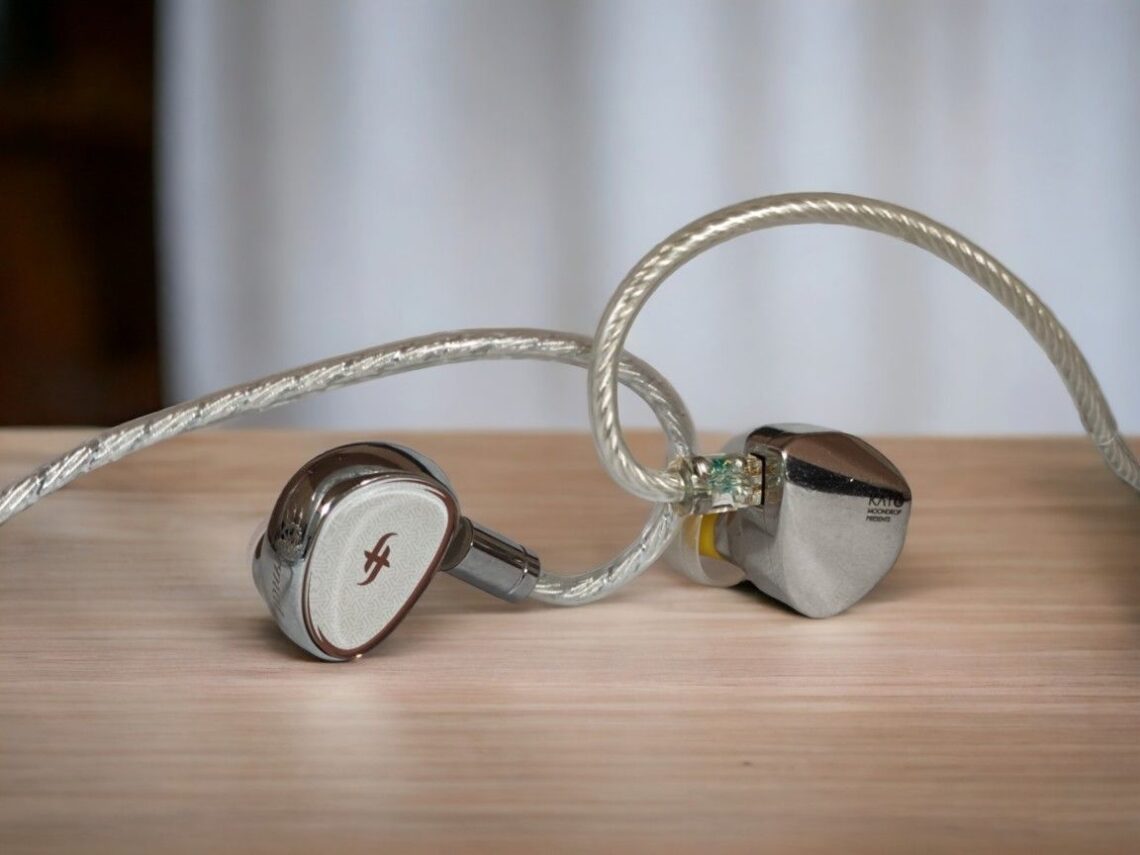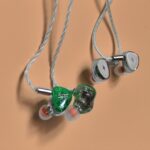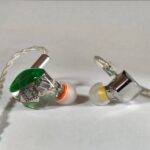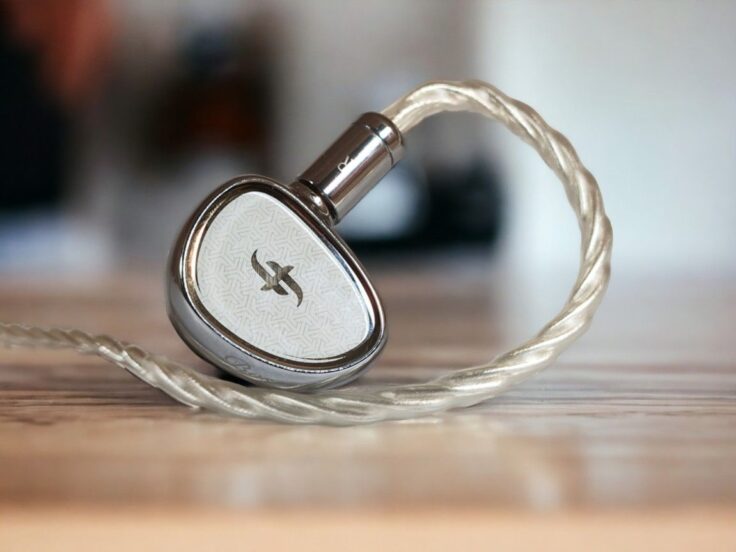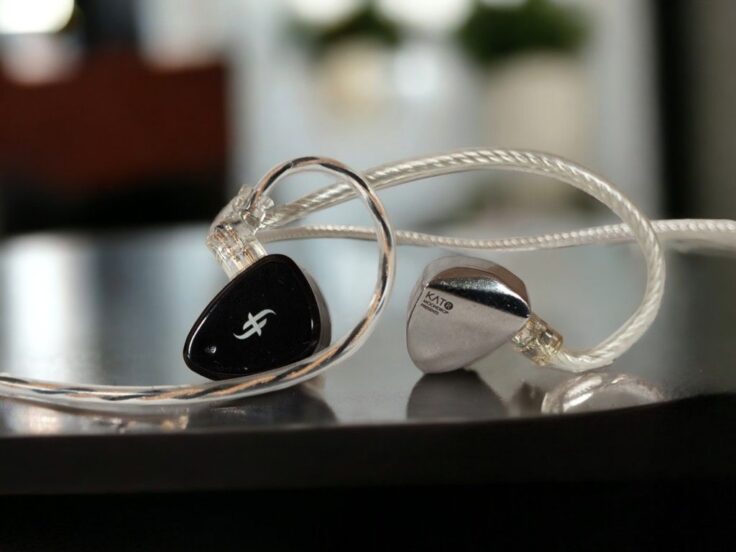Launched in 2021, the Kato is still going strong. In this comparison, it’ll be challenged by the newer and slightly more expensive Simgot EA1000 which launched in late 2023.
Both have a single full-range dynamic driver. The EA1000 has a passive radiator, the Kato has a small vent hole. They are both metal constructions with exchangeable nozzles. The Kato comes with two pairs, while the EA1000 comes with three. I find that the nozzles of the EA1000 are more effective when it comes to offering variations in the tuning.
In this comparison, I will use the steel nozzle of the Kato and the golden brass nozzles on the EA1000. The nozzles on the Kato make relatively little difference, they’re just different materials with a hole. The EA1000 has a more significant effect. The golden brass nozzle is my favourite and the one making it sound closest to the Kato.
Both the Kato and the EA1000 are comfortable to wear and sit nicely in the ear. They both come with high-quality silver-plated OFC (oxygen-free copper) cables with standard dual pin 0.78mm connectors on the IEM side and a standard 3.5mm unbalanced connector on the other end.
My separate full reviews are found here:
SIMGOT EA1000 SPECIFICATIONS
- Driver: 10mm Dual-Magnetic & Dual-Cavity Dynamic Driver
- 6mm Passive Radiator
- Impedance: 16 Ohms
- Sensitivity: 127 dB/Vrms
- Frequency Response: 10Hz-50kHz
- Detachable Cable: 120 cm Silver-Plated OFC Litz Cable – Earphones connector: 0.78mm 2 pin – Cable termination: 3.5mm
- 3 pairs of tuning nozzles included
Current pricing:
- Linsoul: Simgot EA1000
- Amazon: Simgot EA1000
MOONDROP KATO SPECIFICATIONS
- Driver: Single 10mm-ULT dynamic driver
- Diaphragm: 3rd generation DLC composite diaphragm
- Impedance: 32Ω ±15%(@1KHz)
- Sensitivity: 123dB/Nrms (@1KHz)
- Distortion: < 0.15% (@1khz, AES17 20khz, A-weight)
- Socket: 0.78-2 Pin sunken design
- Cable plug: 3.5mm stereo single-ended plug
- Frequency response range: 10Hz-45kHz
Current pricing:
- Linsoul: Moondrop Kato
- Amazon: Moondrop Kato
AMPLIFICATION
Neither the Moondrop Kato nor the Simgot EA1000 is especially difficult to drive. They sound very good from both my old LGV40 and the POCO F5 (2023) phones’ 3.5mm jack without maxing out the volume. They are better from the THX Onyx USB dongle. My desktop rigs are hard to beat, but these IEMs will definitely be properly driven by a good portable setup without the need for unusual amounts of power.
With regards to amplification, I thus consider both the Simgot EA1000 and the Moondrop Kato to be very versatile.
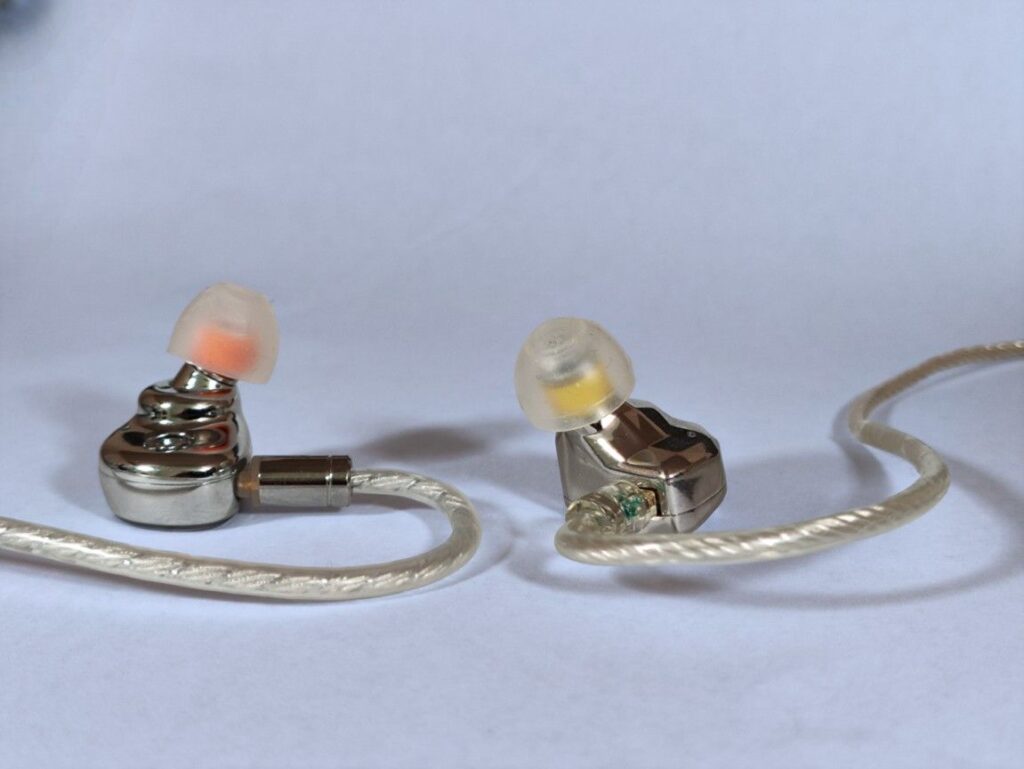
COMPARISONS
I used the Topping A90 desktop amp and the RME ADI-2 DAC FS as a source.
Jambi by Tool
The tonality is quite similar but I do find that the EA1000 generally sounds better in most areas than the Kato. The bass is more textured and defined and has more dynamics, the midrange is clearer but still warm and natural sounding, the treble has a similar amount of energy but it is better defined.
Smile by Pearl Jam
They sound very similar but the EA1000 has a bit more bass, especially in the deepest regions. The vocals are a bit more articulate and present. Separation is slightly better.
Almost Like the Blues by Leonard Cohen
Again the bass is deeper sounding with the EA1000. The vocals sound good on both but a bit more alive with the EA1000. The percussion has a slightly better definition. Everything has a bit more detail with the EA1000, without losing the natural timbre and tonality it shares with the Kato.
Young Vivaldi Violin Concerto RV813 III by Ensemble Modo Antiquo
Here, there is a difference in the tonality that is quite obvious. With the Kato, the strings are brighter, and there’s more energy in the upper mids. This makes them sound more energetic, and it compensates for whatever extra clarity the EA1000 has. Both sound great. However, I am pretty sure that if I swap the nozzle in the EA1000 from the brass to the brighter-sounding steel with the black ring, it would sound better.
Mahler’s Symphony No. 2 III by Paavo Järvi
This sounds better with the EA1000. The kettle drums are more powerful sounding, the soundstage is bigger with better separation, and there are more fine nuances and detail. The Kato is good, but the EA1000 is definitely a step or two up. It handles the complexity of this symphony in an excellent manner.
As Before by Olga Konkova
Once again they sound very similar. The Kato is good, as always, but the EA1000 has somewhat more detail and stronger dynamics.
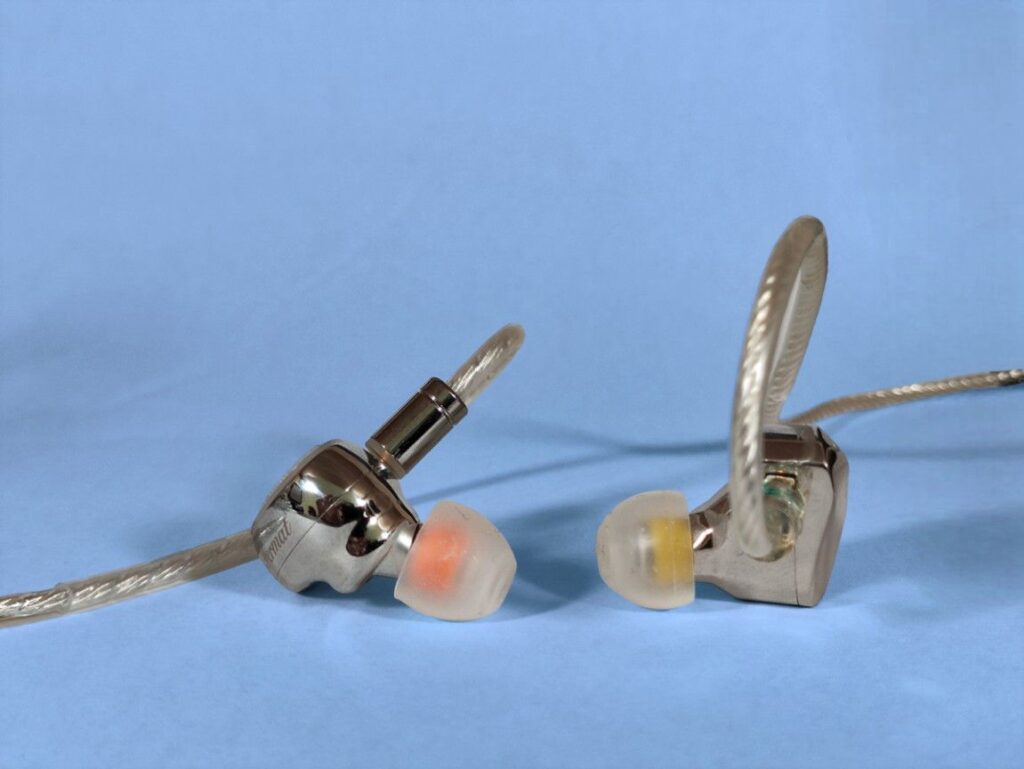
CONCLUSION
I can make this very short: The Moondrop Kato is an excellent IEM with a great sound signature and a very nice timbre. It combines detail with a natural and organic full-bodied sound with good dynamics.
The EA1000, featuring the golden brass nozzles, closely resembles the Kato but excels in almost every aspect. Its bass extends deeper with greater detail, the midrange is clearer yet retains a natural tone, and the treble is refined without becoming overly analytical or dry. While the soundstage remains comparable, the EA1000 enhances imaging by a notch or two.
Both these IEMs have a tuning I simply adore and both are beautifully built. If you are choosing between the two, the EA1000 is a step up and offers better tuning options, albeit at a premium, but not unreasonable price.
Buy on Linsoul: Moondrop Kato
Buy on Amazon: Moondrop Kato
Buy on Linsoul: Simgot EA1000
Buy on Amazon: Simgot EA1000
We make earnings through affiliate links and any purchase you make on Amazon or Linsoul clicking one of our links will give us a small provision at no cost to you.
We only get a provision for items that are not returned, so there’s no incentive for us to recommend something that’s not good.
Linsoul : Headphones, Earbuds, Wireless Earbuds, Desktop DAC/AMP, Portable DAC/AMP, Digital Audio Players,
Amazon: Headphones, IEMs, Headphone Amplifiers, Home Audio or Anything else.
.
If you enjoyed this article or other content on The Headphoneer, you might consider leaving a small donation to keep this website up and running. No donation is too small. Thanks for supporting us!
If you like our work please follow us on Instagram, Facebook and Twitter , it will help us grow. Sharing is caring 🙂


